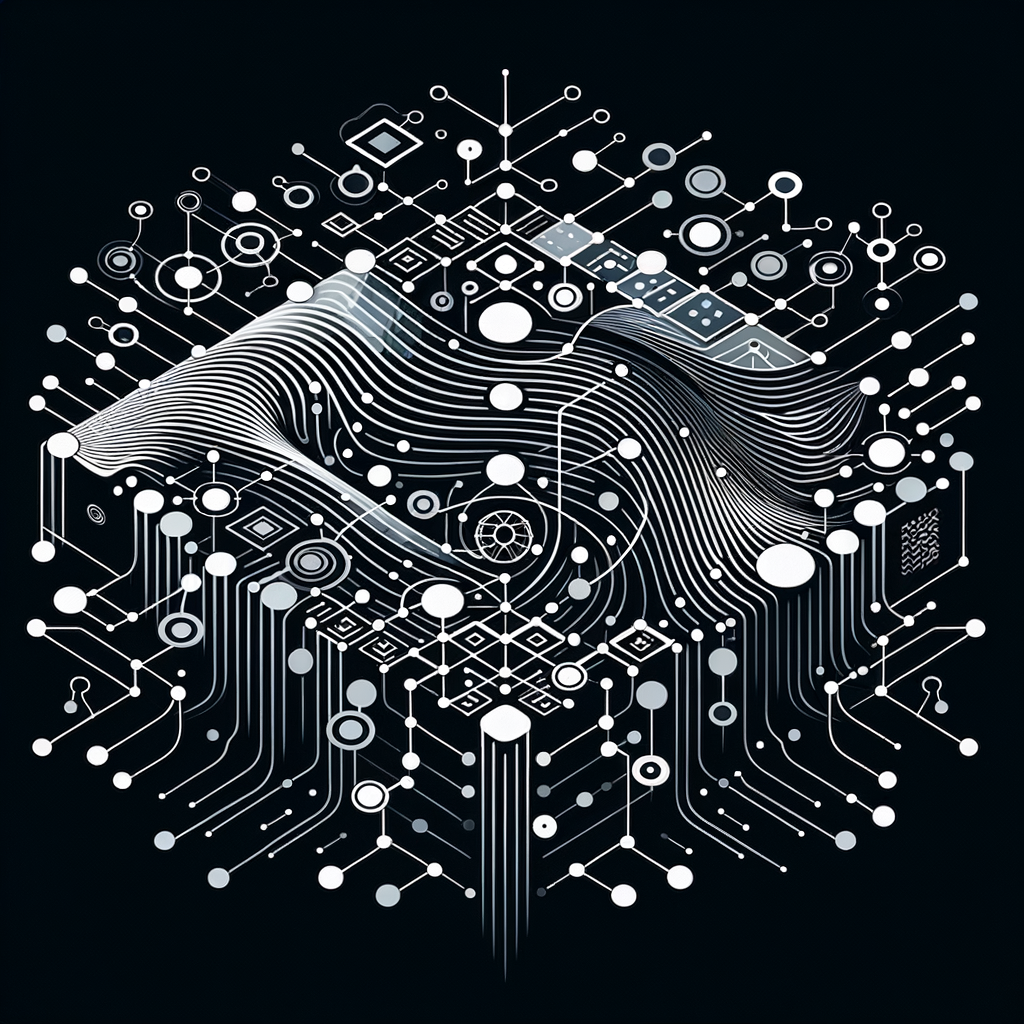
Decoding the Mysteries of Deep Reinforcement Learning: From Algorithms to Applications
Explore the fascinating world of Deep Reinforcement Learning (DRL), where AI meets complex decision-making. This blog takes you through the foundational principles of DRL, the key algorithms that power it, and its groundbreaking applications in various industries. Discover how DRL is transforming areas such as robotics, finance, and autonomous systems by enabling machines to learn from their environment in a human-like manner. Get insights into the challenges faced in DRL and what future advancements hold. This comprehensive guide is perfect for enthusiasts eager to delve deeper into the transformative potential of DRL.
Decoding the Mysteries of Deep Reinforcement Learning: From Algorithms to Applications
In recent years, Deep Reinforcement Learning (DRL) has emerged as a pivotal area in artificial intelligence aimed at solving complex decision-making tasks. By combining the perceptive powers of deep learning with the decision-making ability of reinforcement learning, DRL has paved the way for machine-like intelligence that can outperform humans in specific tasks. This blog will unravel the intricacies of DRL, from understanding its underlying technology to its myriad applications.
Understanding Deep Reinforcement Learning
At its core, reinforcement learning relies on the idea that agents learn to make decisions by interacting with their environment. Through trial and error, these agents aim to maximize cumulative rewards. Deep reinforcement learning enhances this by using neural networks to approximate value functions and policies, making it possible to handle high-dimensional inputs like raw images.
Key Concepts in DRL
-
Agent and Environment: The agent makes decisions and performs actions. The environment responds to these actions and provides rewards or penalties.
-
Actions, States, and Rewards: An agent observes the state, takes an action, and receives a reward. The objective is to learn a policy that maximizes the rewards over time.
-
Value Function: It estimates the expected return of being in a given state and selecting particular actions. It’s crucial for making informed decisions that maximize potential gains.
-
Policy: A strategy used by the agent to decide the next action based on the current state.
Popular DRL Algorithms
-
Deep Q-Networks (DQN): Utilizes Q-learning to predict the best action-value function, incorporating experiences through replay to stabilize the training process.
-
Proximal Policy Optimization (PPO): Known for stabilizing updates and improving robustness, PPO is widely used due to its efficiency and reliability.
-
Actor-Critic Methods: These use two models - the actor model determines actions, while the critic evaluates them. It is a dynamic approach to refine action decisions.
Applications of Deep Reinforcement Learning
Robotics
DRL is transforming robotics by enabling more sophisticated yet adaptable machine behaviors. Robots can learn complex movements, optimize tasks like logistics, and even engage in precise activities like surgery.
Finance
Investments and trading have seen the integration of DRL techniques to predict market movements, enabling financial decisions that factor in a wide-array of economic indicators and trading signals.
Autonomous Vehicles
By simulating environments and learning optimal navigation strategies, DRL has been pivotal in making autonomous vehicles a reality.
Gaming
DRL has achieved human-like proficiency in a range of games, from board games like Go to complex video games, often displaying creativity in strategies.
Challenges in DRL
-
Reward Design: Crafting reward functions that lead to efficient learning is complex, often requiring fine-tuning.
-
Stability and Convergence: Training deep networks can lead to instability, requiring innovative architecture designs to ensure convergence.
-
Sample Efficiency: DRL often requires a large number of samples to learn effectively, demanding high compute power and time.
The Future of DRL
The advancements in DRL promise a significant impact, particularly in adaptive learning and real-time decision-making. Future trends point towards more adaptive systems capable of transferring learning across different domains, paving the way for general AI systems that can mimic human thought processes.
Conclusion
Deep Reinforcement Learning remains a fascinating area of study with the potential to revolutionize various industries. As research progresses, its ability to enable machines to inherently learn from their surroundings continues to drive chatbot development, autonomous systems, and intelligent robotics forward. Understanding and leveraging DRL principles offers a unique lens into the future of AI and machine intelligence at large.